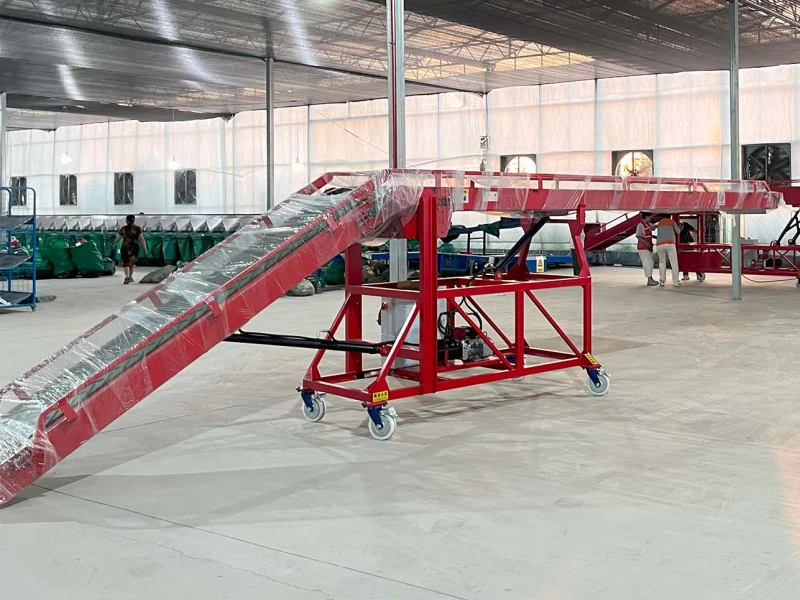
Troubleshooting and Maintenance Tips for Conveyors
As indispensable equipment in modern industrial production, the stable operation of conveyors is critical for improving production efficiency. However, due to prolonged use and environmental factors, conveyor malfunctions can occur. This article shares common troubleshooting and maintenance tips for conveyors, helping you better maintain and repair them to ensure the smooth operation of production lines. By studying this article, you can better maintain both telescopic conveyors and regular belt conveyors.
Troubleshooting Tips for Conveyors
1. Bearing Failure:
Unusual noises or vibrations from the conveyor often indicate bearing issues. Check for bearing damage, assess lubrication conditions, and promptly clean or replace damaged bearings.
2. Belt Loosening or Detachment:
A loose or detached conveyor belt can disrupt transmission or even halt production. Regularly inspect the belt tension and adjust or replace it as needed to resolve this issue.
3. Motor Failure:
As the core component of a conveyor, motor issues like burnout or wiring faults can directly impact conveyor operation. In the event of motor failure, check the power supply lines and repair or replace any damaged parts promptly.
4. Drive System Malfunction:
Components in the drive system, such as gearboxes and gears, may develop faults, causing unstable operation. Troubleshoot and repair these issues promptly to ensure the drive system functions correctly.
Maintenance Tips for Conveyors
1. Regular Maintenance:
Scheduled maintenance is essential for keeping belt conveyors and roller conveyors in good working condition. This includes cleaning the equipment, lubricating parts, and tightening loose components to ensure optimal performance.
2. Dust Control:
During operation, conveyors often accumulate significant amounts of dust, which can affect their functionality. Implement dust control measures, such as installing dust removal equipment or conducting regular cleaning, to prevent dust-related damage.
3. Component Care:
Pay attention to maintaining conveyor components by regularly inspecting and replacing heavily worn parts. Special focus should be given to consumable components like belts and bearings to extend the conveyor’s lifespan and ensure the safety of production lines.
4. Safety Equipment Checks:
Conveyors should be equipped with safety devices like emergency stop buttons and safety switches. Regularly inspect these devices to ensure they function correctly and can halt the equipment promptly in emergencies, protecting workers' safety.
By mastering these troubleshooting and maintenance techniques, you can better care for and repair portable conveyors and fixed belt conveyors, reducing the likelihood of malfunctions and boosting production efficiency. A well-planned maintenance and repair schedule not only lowers costs but also extends the equipment's service life. Let’s work together to monitor conveyor performance and ensure the smooth operation of production lines.


Leave Me Your Requirement!